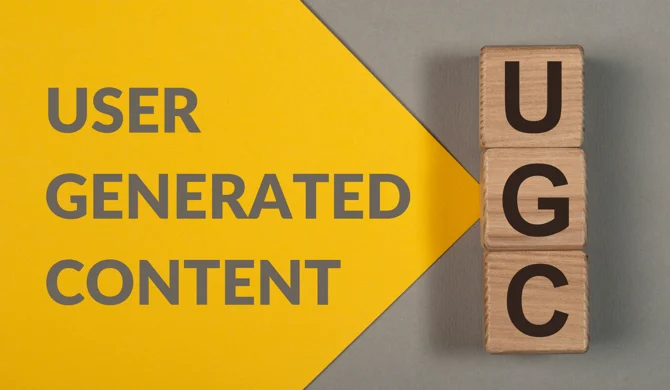User-generated content (UGC) is an increasingly trendy approach to marketing that can wield some remarkable results. UGC refers to content, usually social media posts, that feature messaging, images, videos, or product reviews created by individual users or special endorsers often referred to as brand ambassadors.
Target audiences find user-generated content fosters connection among users due to its implied authenticity, candour, and an often-refreshing dose of creativity. And it works.
Many businesses spent years trying to convince customers to leave them positive Google or Facebook reviews, but the advancement of UGC takes customer endorsement to a much higher, more lucrative level. Not to mention, due to the nature of post tracking and comment sections, brands generally have real-time access to performance metrics.
Successful Examples of UGC
Way back in 2011, Coca-Cola was one of the first to jump on the UGC bandwagon with its “Share a Coke” campaign. The soft drink brand personalised Coke bottles with popular names and then encouraged users to share photos of themselves with their personalised bottles. According to the Market Research Society, the wildly popular campaign resulted in 1.25 million more teens trying Coke in the ensuing months.
Other successful UGC campaigns include Apple’s “Shot On iPhone” campaign in 2015. Apple invited users from around the globe to share their most stunning and memorable photos to spotlight the advanced camera capabilities of the iPhone 6. Also, Starbucks launched the “Red Cup Contest” which urged customers to decorate their cups with holiday designs and share their creations on social media.
While UGC today tends to focus more on the content of individual brand ambassadors, these memorable campaigns proved the power of customer engagement and influence.
UGC Is Not Just for Big Corporations
Now, you may not have the massive marketing dollars like those big dogs, but UGC is scalable to just about every business model and price point. The key to a successful UGC campaign is a connection with loyal customers who can ultimately transform into your brand ambassadors. Very successful UGC creators are often referred to as influencers, and they usually endorse numerous products. Influencers are often rewarded with free products, discounts, and affiliate commissions.
But you can start a UGC campaign with a much more modest budget and a far less famous brand ambassador.
All the Right Channels
Selecting the right social media platforms for UGC is important. Identify the online spaces that your customers tend to frequent. Each social media platform caters to a bit of a different demographic with specific engagement styles.
- Instagram images and videos tend to be very visually appealing and the platform is popular among millennials and Gen Zers. Product-related UGC tends to track better on Instagram than services-related content, but that said, a good before-and-after post can be very compelling!
- TikTok is a highly popular social media app that features short-form, often quirky, and entertaining videos. While an overwhelming number of TikTok users skew very young, the platform is increasingly popular among all age groups.
- Facebook tends to attract more adults, and it is ideal for B2C UGC. It is a versatile platform that is highly focused on community. Content includes both images and videos. Many businesses, mostly retailers, have a Facebook business page.
- X (formerly known as Twitter) is perhaps a wordier social media platform, though users are limited to 280 characters. X’s audience tends to be interested in news, trends, and quick updates. X is often used for conversations and trending topics, making it effective for timely and often edgy UGC.
- LinkedIn is perhaps the most ideal social media platform for B2B UGC or posts aimed at business professionals. LinkedIn UGC may include industry insights, case studies, and thought leadership content.
Then there is Pinterest, YouTube, and numerous others. The point is, to determine the platform or platforms (you don’t need to pick just one) that best suit your needs and engage the right UGC creators.
Finding the Right Brand Ambassadors
To select your ideal ambassadors for your UGC, first define your brand persona, identify your target audience, and research potential candidates on social media and even within your customer base. Do you have a stark raving fan with a flair for social media?
When considering an ambassador, analyse their engagement and the quality of their content. Do their posts feel authentic? Will they represent your business in a way that reflects your brand persona?
Once you identify your brand ambassador, be sure to empower them with the information, products, and other resources they need to create a truly compelling UGC that fosters relationships and emphasises authenticity. Offer a compensation package that rewards them properly for interactions and conversions.
As you develop your marketing strategies for the coming year, consider engaging your target audience and leveraging your fans with user generated content. It might just be the fantastic and fun marketing solution you’ve been looking for.


